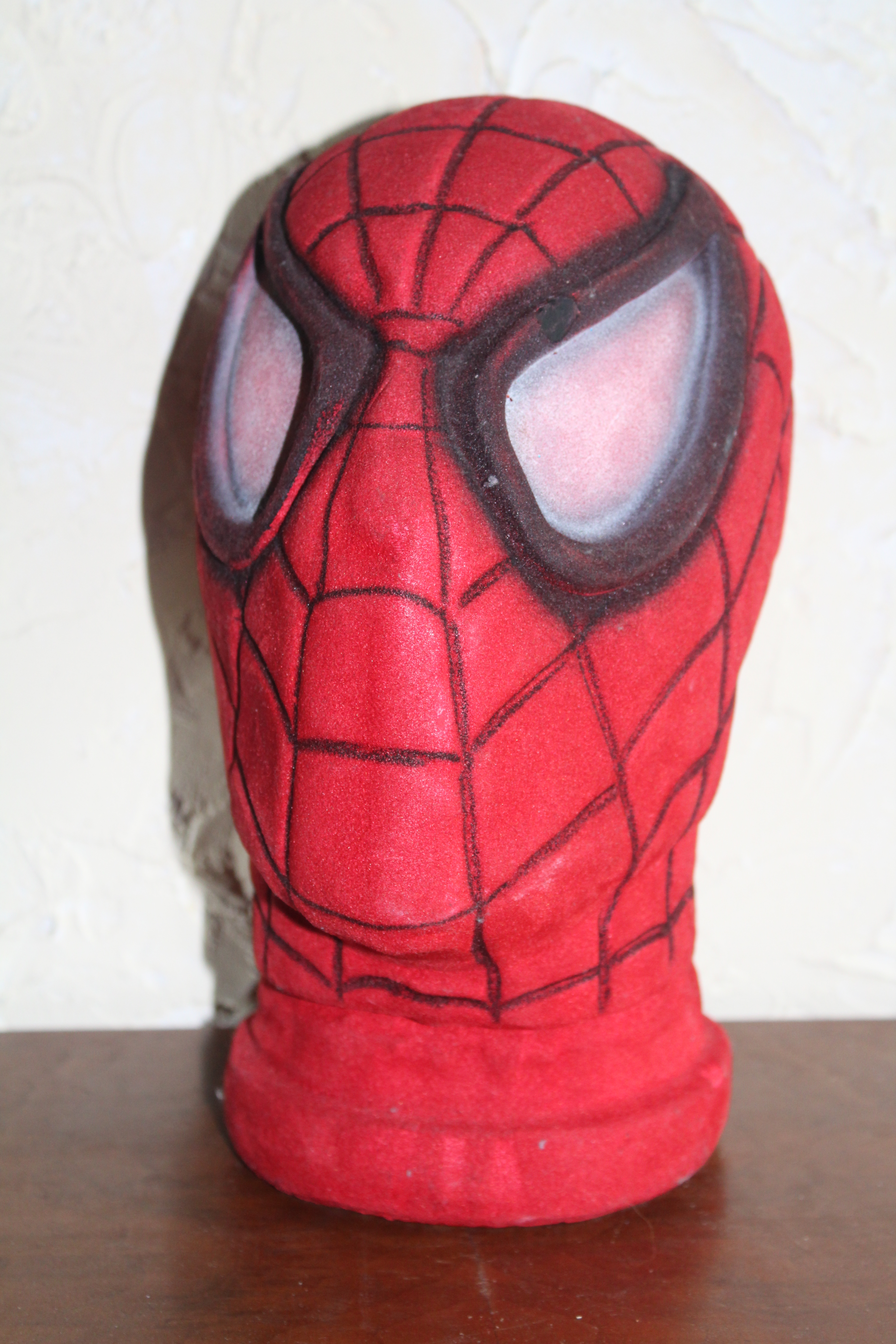While I was shopping one day, I happened to see this item. At first, I didn’t even know what it was—it was so cool that I had to check it out.

I started looking at it and my mind was blown—and then I saw what the lid had to say. I saw that the lid states it is the Trident Water Meter by the Neptune Meter Company!

The meter has the original folding cover or lid that covers a white gauge with black lettering, and the gauge reads 10 GALLONS at the bottom.

The meter is made of either cast iron or brass (the meter has been painted a light blue at some point). It dates to about the 1920’s and it has very little wear. An interesting point about this is that the meter is pretty tall at 6 ½ inches—I think that it was being used somewhere like a basement of a house at some point.
Not only is it an interesting conversation piece, but it would also be a fun addition to any mancave or desk.
You can see this terrific item in my Etsy shop here, head on over and check it out!






















